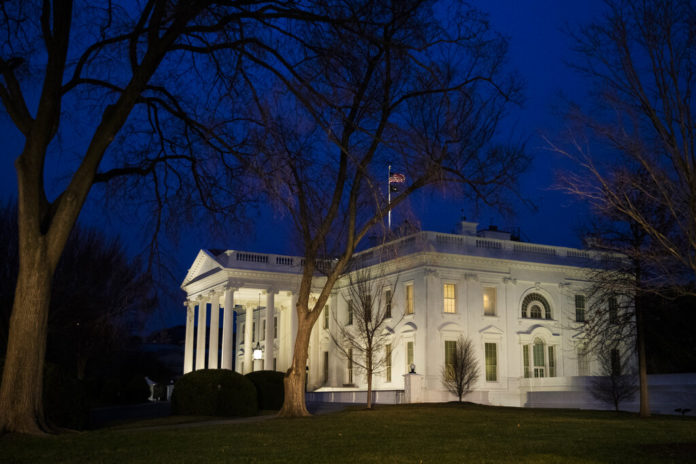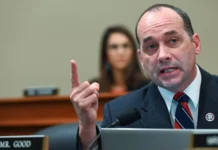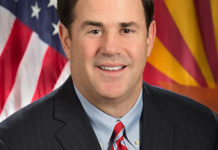
One of the nation’s coronavirus hot spots got a sliver a good news Wednesday when two health experts said an exponential rise in the percentage of people testing positive for the virus in Arizona appears to have leveled off.
Dr. Joshua LaBaer of Arizona State University’s Biodesign Institute tempered the news with a warning that the state’s tally of additional daily cases remains unsustainable, although it also shows a sign of leveling off. Arizona steadily has reported about 3,500 additional cases a day and hospitals are still admitting more patients than they’re discharging, he said. What’s needed is a drop in daily cases.
“We don’t want to have 3,500 cases in a day, particularly when … our hospital system is now challenged and overused at this point,” he said.
Dr. Deborah Birx, who is coordinating the White House coronavirus response, said the seven-day average for positive tests appears to no longer be rising. She called it an “encouraging” development. The rate a month ago was less than 10% and now is above 20%.
“We’re hoping that it heralds a stability in Arizona, of at least reaching a plateau in their curve,” she said at a briefing in Washington.
Republican Gov. Doug Ducey ordered bars, nightclubs and gyms to close last week in an effort to slow the spread of the virus, after allowing the whole state to reopen in mid-May. He also urged people to stay at home when possible but didn’t reimpose a stay-home order.
Two weeks ago, Ducey allowed cities and counties to require masks to help prevent the spread of the virus and the majority of the state’s population now is under a mask order. The surge of cases began in late May and is now doubling every two weeks.
LaBaer, the university researcher, said it’s too early to see the results of those new efforts.
“It does remain a question as to whether these measures may be enough,” he said. “It’s not clear what other things, how much we can do. Obviously society has to function at some level.”
In a change from early in the pandemic, the rise in cases is being led by people 20-44, many of whom likely think they’re not vulnerable. Health officials say that group is less susceptible to major virus complications but can get very sick and can easily spread it to people who are at risk.
“We need to get the message out,” LaBaer said. “The safest place right now is being at home. And the more we can get people to stay at home, the better.”
He noted that about 1-2% of the state’s population has been infected. “It also means that 98-99% of the population is still fuel for the viral fire,” he said.
While state officials have touted small, community-run COVID-19 testing sites, Phoenix Mayor Kate Gallego still thinks the federal government should set up a large-scale testing site in the nation’s fifth-largest city.
“As long as we get tests, that’s what matters to me,” Gallego said “It’s just been frustrating to see more federal resources deployed to other communities when I see such need here.”
Democratic presidential candidate Joe Biden weighed in on the Arizona testing controversy late Wednesday, issuing a statement that blamed President Donald Trump. Biden’s campaign is focusing heavily on Arizona as it looks to pick up states Trump won in 2016.
“Enough,” Biden said. “The Trump Administration must immediately resume operating federally-managed community-based testing around the country and establish multiple sites in Arizona.”
Figures released by the Arizona Department of Health Services showed a record 3,421 people being treated in hospitals, filling up nearly half the available beds statewide. Intensive care units were caring for 879 patients, with 570 of them on ventilators to help them breathe. The numbers reflect Tuesday’s hospital tallies.
All but 145 of the state’s more than 1,500 ICU beds are full. All hospitals are required to have the ability to boost beds by up to 50%, state officials say.
Hospitals reporting to the state said more than 2,000 people were seen in emergency rooms Tuesday. The department reported 3,520 additional cases and 36 additional deaths Wednesday. That brings the state’s total confirmed cases to 108,614 and the number of deaths attributed to the virus to 1,963.
Worldwide, the number of infections is thought to be far higher than reported numbers because many people haven’t been tested and studies suggest people can be infected without feeling sick.
The coronavirus causes mild or moderate symptoms such as fever and cough for most people. But for some — especially older adults and people with existing health problems — it can cause more severe illness, including pneumonia, and death.
Republished with the permission of the Associated Press.














